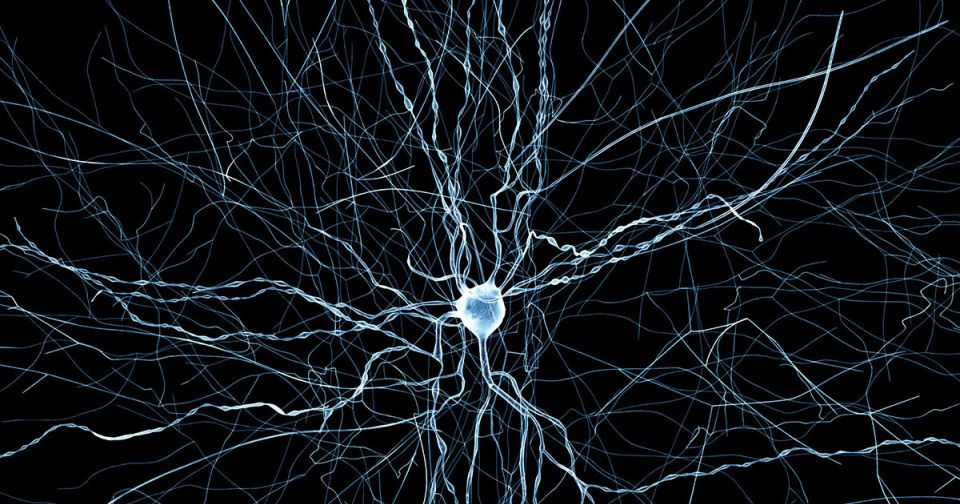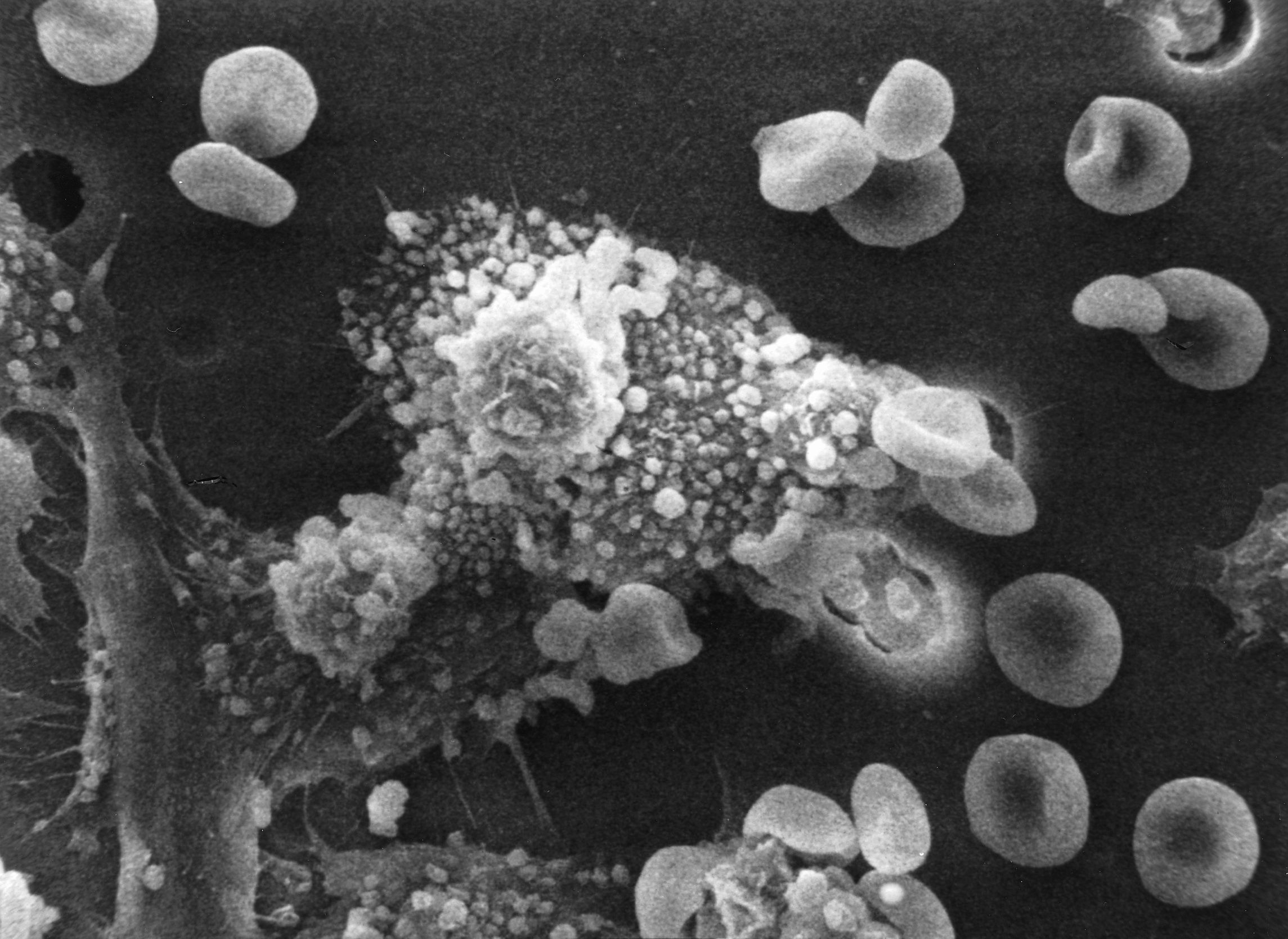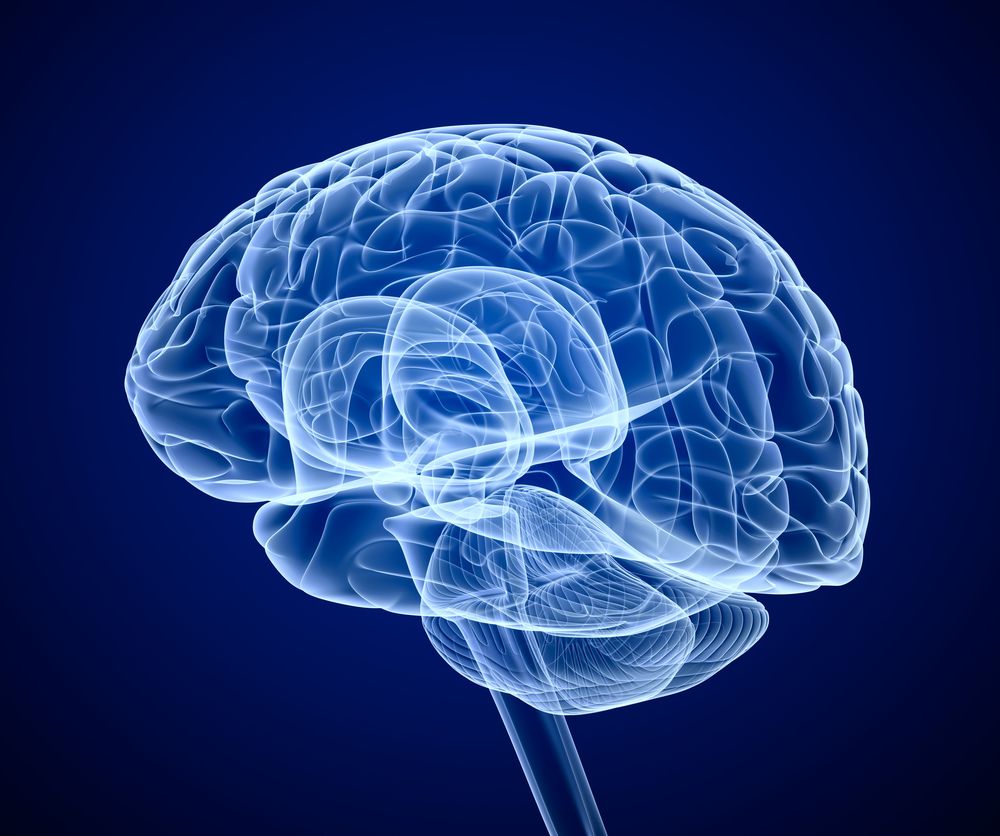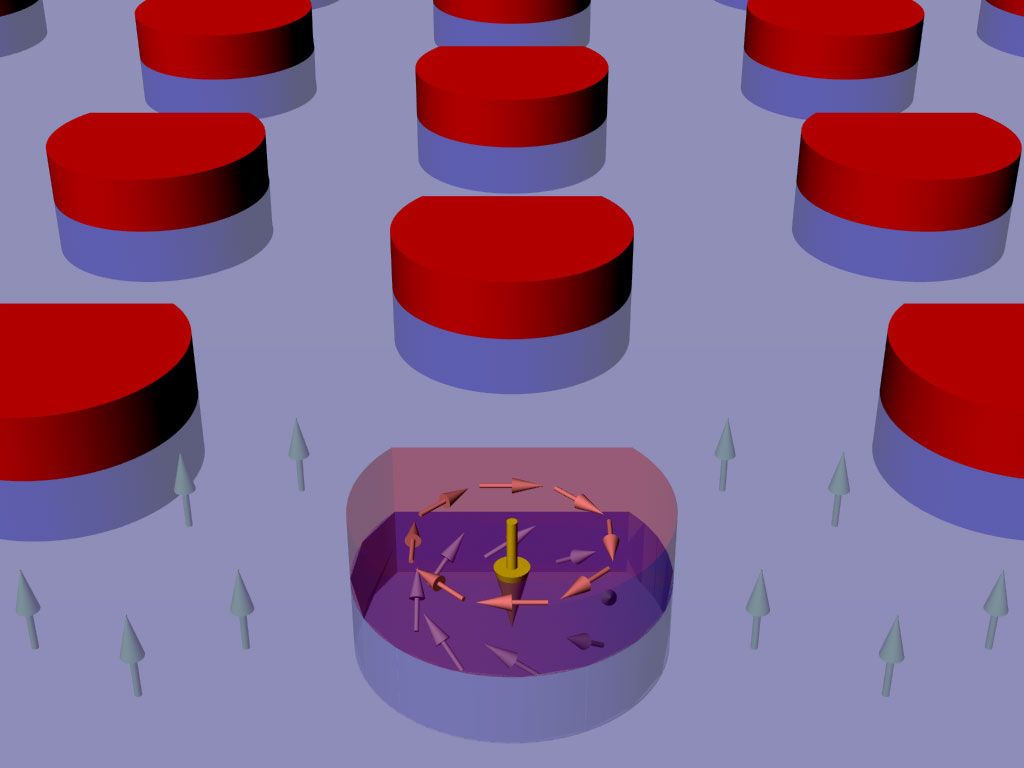Oct 9, 2015
DARPA wants to build vehicles that disappear after delivering supplies
Posted by Albert Sanchez in category: military
What if the vehicle delivering the goods to a remote village or group of soldiers could just vanish after it made the drop? Sounds crazy, right? Well, DARPA is hoping to do just that. The research unit it looking to develop solutions that can carry supplies to their intended destinations and then disappear. Named for the story of a man who’s wings of feathers and wax melted when he flew too close to the sun, DARPA’s new ICARUS program that’ll examine the possibilities is an extension of its VAPR project. Of course, we expect DARPA is aiming for a more positive outcome. VAPR, which stands for Vanishing Programmable Resources, has developed self-destructing electronic components since it began two years ago. Aside from the obvious military uses, DARPA says a vehicle that vanishes in to thin air could also offer an unmanned solution for taking critical supplies to hard to reach areas in the aftermath of events like a natural disaster. Once the load is delivered, personnel wouldn’t have to worry about getting the vehicle back out of the area.
[Image credit: SEBASTIEN BOZON/AFP/Getty Images].
















